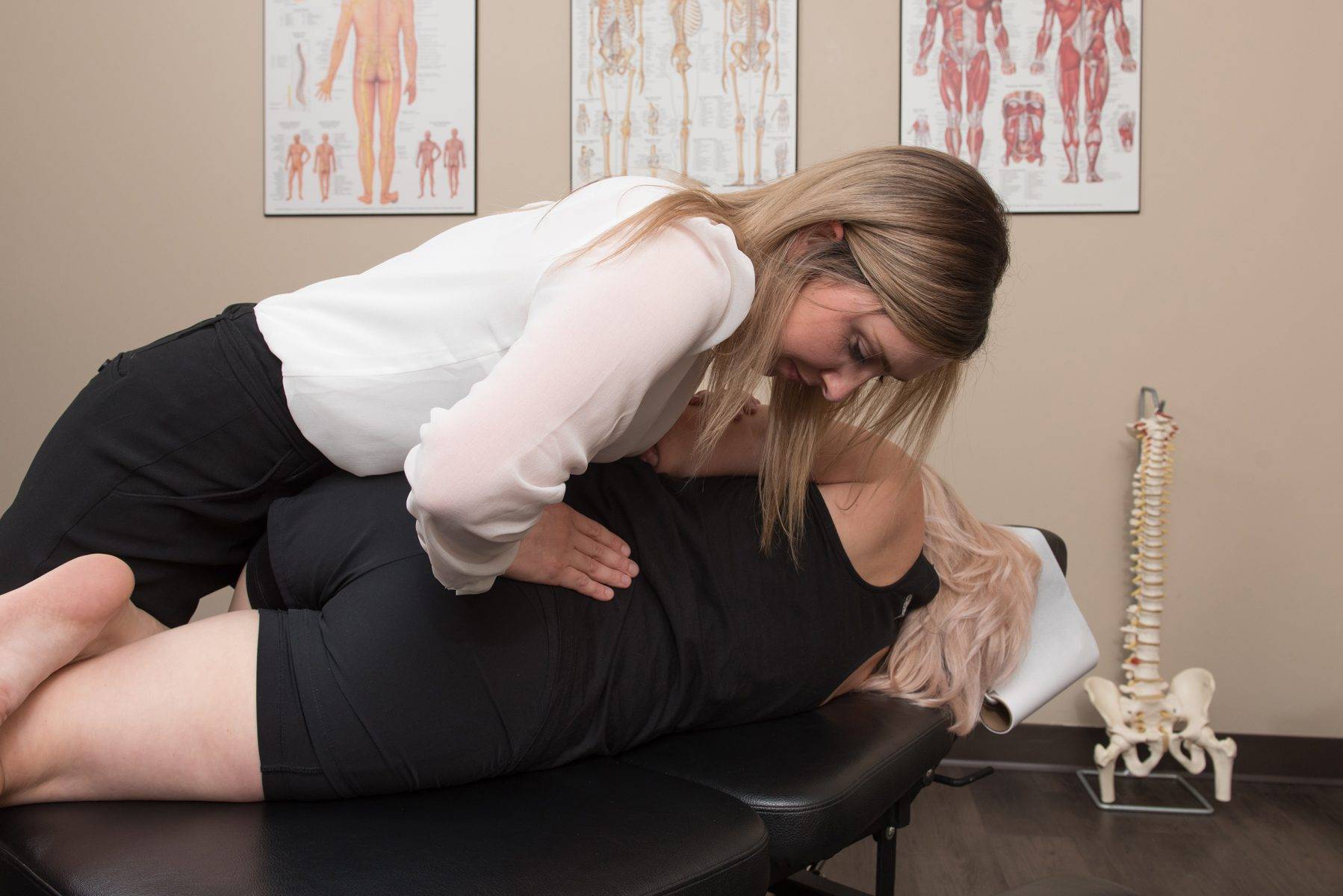By Dr. Lauren Quattrocchi, DC
3 Minute Read

The first thing that needs to be discussed is a few MYTHS about adjustments that many of us have been told to be true over the years. The first myth is that the popping noise produced during manipulation is the sound of a bone breaking. Many people believe if they go and see a chiropractor they are going to get their bones cracked, which is not true.
The second myth that needs to be mentioned is that adjustments DO NOT put a bone back in place. A joint may be restricted and not moving well however it is not as some like to say “out of place”. When a bone or joint is out of place that is referred to as a dislocation, which would require a different type of treatment.

Some FACTS about chiropractic manipulation and the things that you should know are as follows:
- A joint manipulation is targeted and specific to a restricted joint. Now you may ask what is a restricted joint? Remember that a joint is a connection made between two or more adjacent bones. When a joint becomes tight or loses its full range of motion the entire joint structure can become affected and we refer to this as a restriction. Every joint should be able to move freely and independently.
- The popping sound is the result of a gas bubble forming. Now you are probably wondering what we mean by gas bubble. A study that examined joint manipulations using an MRI established that the cracking/popping sound is due to the formation of gas bubbles within the joint. The bubble is formed due to an increase in volume within the joint, causing a drop in pressure (a process known as tribonucleation). Without getting too scientific, when two closely opposed surfaces are separated that are surrounded by fluid, the viscous liquid creates tension and resists the separation. When the distraction force overcomes the adhesive force the surfaces separate and rapidly create a negative pressure creating the popping sound.
- A manipulation can restore the range of motion of the joint, can relax muscles, and can relieve pain. Restoring motion in a joint is not only important for regaining range of motion but it also improves joint nutrition and lubrication. In order to minimize the detrimental effects of friction in a joint, our synovial joints are bathed in synovial fluid. For this fluid to be maintained in a functional manner, movement of the joint is required. In theory, such a mechanism could delay or prevent cartilage degeneration.

It is important to know that just because you go to see a chiropractor does NOT mean that you have to be adjusted. If you are still not comfortable with joint manipulations and do not want to be adjusted then no problem! Chiropractors are highly trained in various treatment methods such as mobilizations, soft tissue therapy, exercise, rehab, acupuncture, modalities, and the list goes on. If a patient is not comfortable with a manipulation we can create a treatment plan specific to their comfort level and get the joint mobilized in alternate ways. Remember that a clinician is responsible for providing the patient with all of the information and evidence related to their injury. We can recommend what would be the best or ideal treatment to help reach your goals and get out of pain however that does not mean you have to agree.
The other big question many patients ask is when would an adjustment be necessary or beneficial for their injury/pain. As primary health care providers, chiropractors are required to complete a thorough history and physical examination to properly diagnose and formulate an appropriate treatment plan based on the diagnosis. It is at this point that a chiropractor can discuss whether or not an adjustment would be beneficial in accordance with best practice guidelines.
Hopefully, this will answer some of the questions you may have had regarding joint manipulations and prevent you from remembering the myths when thinking of getting an adjustment or visiting a chiropractor. Remember that you should always be educated on not only the diagnosis of your injury but also the treatment you are receiving.
References:
- Kawchuk GN, Fryer J, Jaremko JL, Zeng H, Rowe L, Thompson R. Real-time visualization of joint cavitation. PloS one. 2015 April 15;10(4):e0119470
- Demoulin C, Baeri D, Toussaint G, Cagnie B, Beernaert A, Kaux JF, Vanderthommen M. Beliefs in the population about cracking sounds produced during spinal manipulation. Joint Bone Spine. 2018 Mar 1;85(2):239-42

